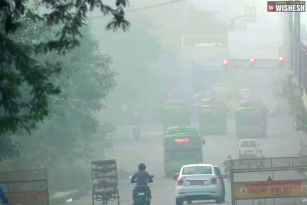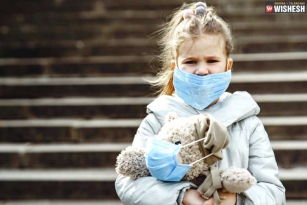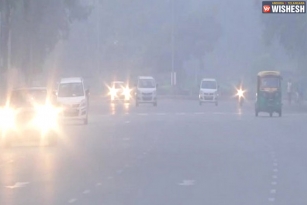
The season of cherry blossoms, baseball and birdsong, not to mention itchy eyes, red noses and sore throats, are all results of pollution. A study presented at the annual meeting of the American Chemical Society, found that two common pollutants interact with a major pollen allergen at a chemical level, creating an extra-potent immune trigger capable of turning even the most stalwart of spring-lovers into a sniffling puddle of mucus. Allergic rhinitis or nasal allergies afflicts between 10 and 30 percent of the global population, according to the World Health Organization.
Scientists have long suspected that the increasing prevalence of allergies was linked to air pollution and climate change, but they didn’t have an explanation how that process took place, said the study’s co-author Ulrich Poschl, who works at the Max Planck Institute for Chemistry in Germany. “Our research was to explore mechanistically how that all works,” Poschl said.
Using laboratory tests and computer simulations, Poschl and his colleagues looked at how ozone (a main component of smog) and nitrogen dioxide (found in car exhaust) interacted with a birch pollen allergen called Bet v 1.
“Humans are not just affecting but shaping the environment. It’s actually unreasonable to assume that it would not affect humans with our highly delicate immune system,” he said. “That’s the background motivation for these kinds of studies.”
By Premji

























